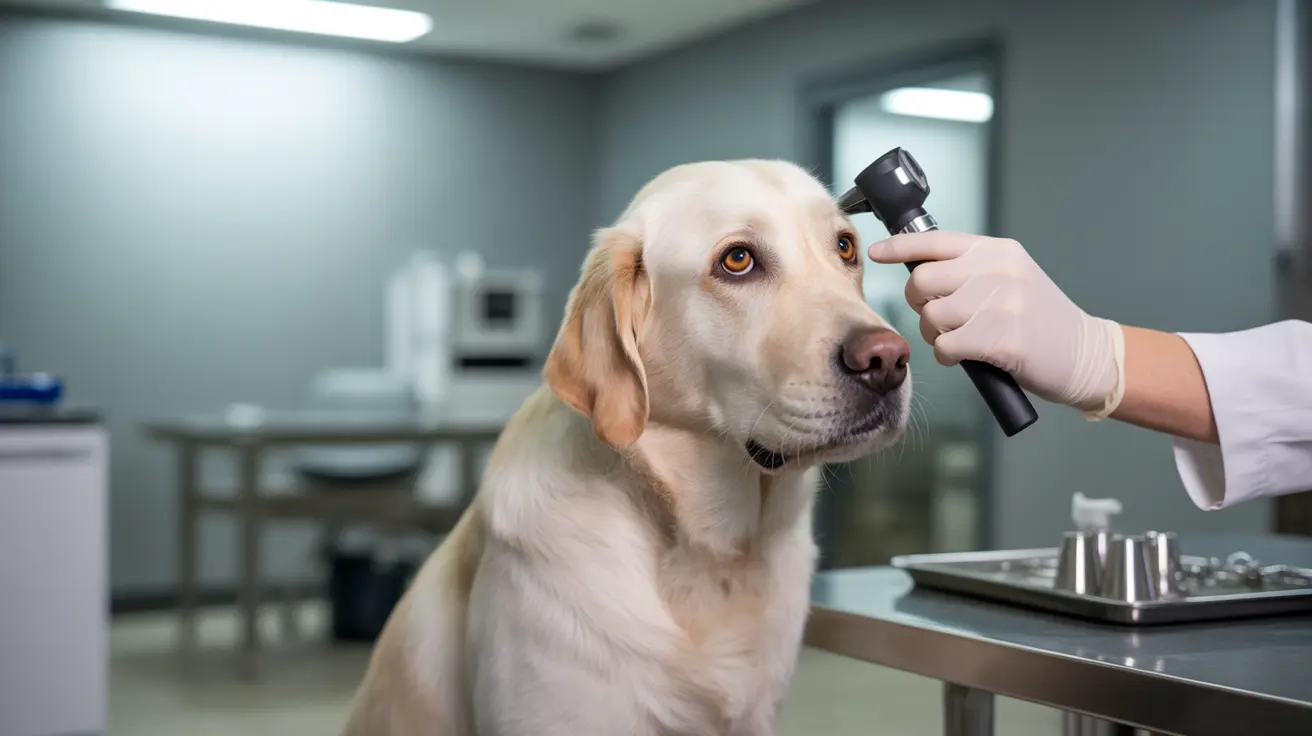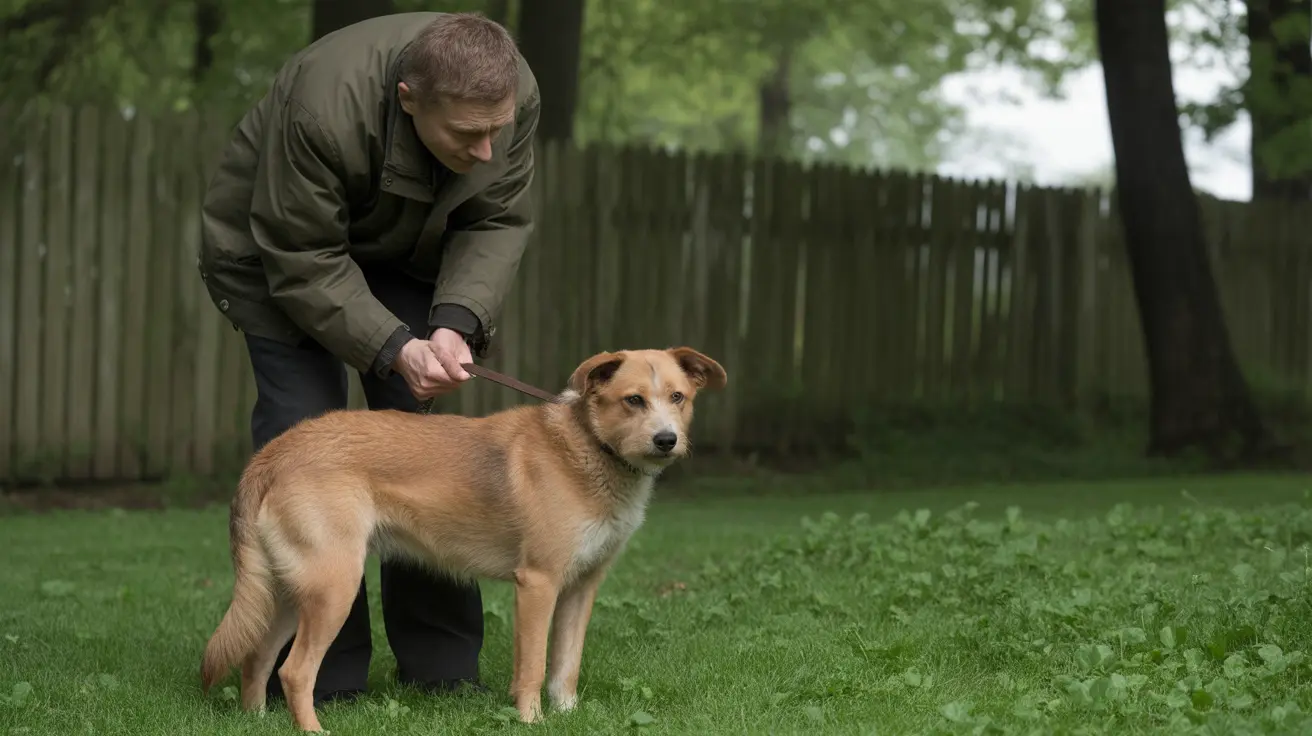Understanding Skin Tags on Dogs: Causes, Appearance, and Care
If you've ever discovered a small, soft bump on your dog's skin while petting or grooming, you might have found a skin tag. These growths are surprisingly common among dogs of all ages, though they're especially prevalent in older pets. Let's dive into what skin tags really are, why they appear, how to spot them, and what you should do if you find one on your furry friend.
What Exactly Are Skin Tags?
Skin tags, also known as acrochordons or fibrovascular papillomas, are benign (non-cancerous) growths that develop on the skin's surface. They're typically soft and flesh-colored, but sometimes may be slightly darker than the surrounding skin. Skin tags can vary in size and shape—some are flat and squishy while others feel firm or even a bit lumpy. Most don't grow larger than a few millimeters.
These growths attach to the skin by a thin stalk and are usually hairless, although occasionally a tag might sprout some hair. You can find them almost anywhere on your dog’s body, but they're most common in places where the skin experiences friction or folds:
- Neck (especially under collars)
- Armpits
- Chest
- Belly
- Groin area
- Legs
- Around the face, eyes, or mouth (less common)
Why Do Dogs Get Skin Tags?
The exact cause of skin tags isn't always clear, but several factors can increase their likelihood:
- Aging: Older dogs tend to develop more skin tags.
- Genetics: Some breeds—like Boxers, Cocker Spaniels, Poodles, Miniature Schnauzers, Bulldogs, Beagles, and hound breeds—are more prone to these growths.
- Irritation or Friction: Collars that rub against the neck or harnesses that chafe can trigger skin tag formation. Dogs who rest often on hard surfaces may develop them at pressure points.
- Skin Folds: Dogs with loose or wrinkled skin experience more friction between folds.
- Poorly managed allergies or chronic irritation: Ongoing scratching or licking can contribute.
- Papilloma virus: In rare cases, viral infections may play a role.
You can't always prevent these factors—especially genetics—but you can minimize some risks with good care (more on that later).
Telling Skin Tags Apart from Other Growths
Not every bump is a simple skin tag. It's important to distinguish these harmless growths from other issues like warts, cysts, ticks (which have tiny legs), moles, tumors, nipples (on the belly), or even cancerous lumps. Here’s how you might compare them:
- Skin tags: Soft/flexible; match natural skin color; attached by a stalk; usually hairless.
- Warts: Rounder and firmer; often rougher texture.
- Cysts: Larger; more solidly attached; may feel deeper under the skin.
- Cancerous lumps: May change rapidly in size/shape/color; ulcerate; bleed; show signs of infection or inflammation.
If you notice any of the following warning signs with your dog’s lump—rapid growth, changes in color/shape/size, bleeding/discharge/redness—or if your dog seems bothered (licking/scratching/avoiding touch), see your veterinarian promptly for an expert opinion.
Diagnosis: What Will Your Vet Do?
Your vet will start with a thorough physical exam. If there’s any doubt about whether a lump is truly benign (or if it looks unusual), they may recommend further testing such as fine needle aspiration (removing cells for examination) or even a biopsy. This helps ensure nothing serious is missed—sometimes cancers like melanoma or mast cell tumors can mimic innocent-looking tags early on.
Treatment: Should You Remove Skin Tags?
The good news? Most skin tags don’t require removal unless they’re causing trouble. Reasons for removal include irritation from collars/harnesses/clothing; frequent injury (getting caught while playing); infection; bleeding; rapid changes; or simply because they’re bothersome cosmetically. Common veterinary procedures include surgical excision (cutting off), cryotherapy (freezing), or cauterization (burning). These treatments are generally quick and safe when performed by professionals—and may use local or general anesthesia depending on size/location.
Nobody should try to remove a dog’s skin tag at home! DIY attempts risk pain, infection, injury—and could delay diagnosis if the lump isn’t actually benign.
Caring For Your Dog’s Skin: Prevention & Monitoring
You can’t always stop new skin tags from forming—especially in genetically predisposed dogs—but you can take steps to minimize risk and catch problems early:
- Bathe and groom regularly to keep fur and folds clean.
- Check your dog’s skin during grooming sessions for new bumps/lumps.
- Use well-fitting collars/harnesses to reduce rubbing and pressure points.
- Avoid letting your dog rest constantly on hard surfaces—offer supportive bedding instead.
- If your dog has allergies or chronic irritation issues (itchy ears/skin), work with your vet for management strategies.
- If your pup is overweight—which increases friction in folds—help them reach a healthy weight through diet/exercise plans approved by your vet.
You might find it helpful to keep a simple journal noting where each tag is located along with its size/appearance. This makes it easier to spot changes over time—and gives your vet valuable information if concerns arise later on!
The Bottom Line: When To Worry About Skin Tags
The vast majority of canine skin tags are nothing more than cosmetic quirks—they won’t bother most dogs at all. Still, regular monitoring and good hygiene go far toward keeping things comfortable for your pet. If you ever notice unusual changes in any lump—or if something just doesn’t seem right—don’t hesitate to check with your veterinarian for peace of mind and expert care!





